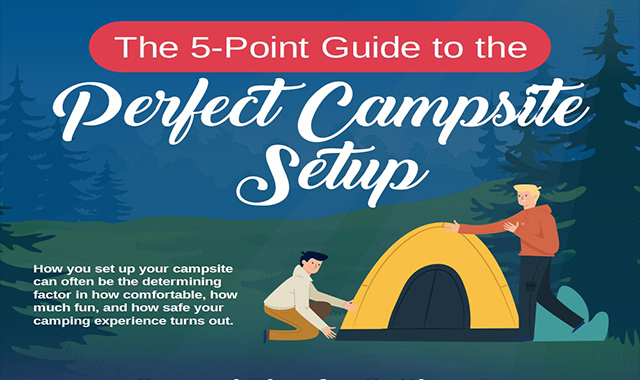The Hold Drawback is a straightforward and safe and secure method to set outdoor tents person lines. It's also a great technique for backing out a persistent tent fix. It can likewise be used to develop an adjustable tarp individual line where the change is made at the tent/tarp end. It's useful in high winds as it does not slide.
1. Bowline
Bowline is a knot that makes a loophole at one end of a rope. It's easy to link and unknot, and it withstands jamming rather well.
It's also an excellent knot to use for signing up with 2 lines together, although it's generally advised that you utilize a various technique (such as a sheet bend or square knot) for this purpose, to avoid having both different bowlines put on versus each other over time and weaken the line.
One potential problem with bowlines is that they can easily jam or bind if the functioning end is inaccurately travelled through the bunny opening. A number of essential failings have actually been reported as a result of this, especially when made use of in climbing applications. To aid avoid this from taking place, you can make a left-handed bowline by passing completion around the standing part of the loop rather than via it, as shown in the animation below. This variant apparently executes much better and stands up to ring stress (a distending force used either side of the knot) far better than the typical bowline.
2. Grip Hitch
Utilizing these gripping hitches to protect your man lines helps you prevent the issue of your line jamming while adjusting or tightening them. They are additionally valuable when connecting a line to a things that is harder to reach than your standing end, such as a tree or huge anchor item.
The Hold Hitch is a friction knot that can be conveniently moved up or down the line while slack yet holds firm under lots. It serves for tensioning ridgelines or individual lines and for camping applications to secure tarps or tents.
To link the Grip Drawback, pass the working end around the standing component twice and tuck it under itself. To tighten up, pull on the working end to develop a bight and then make use of the bight to protect the knot to itself. For added protection, you can cover the working end around the standing component three times to increase rubbing and avoid the drawback from sliding under load.
3. Midshipman's Drawback
Also referred to as the Taut Line Hitch (ABOK # 1856, p 310), Flexible Hitch, or Rigger's Drawback this knot develops a flexible loop at the end of a rope that can be glided up and down the standing end but still holds securely when tightened. It is additionally simple to untie while under tons.
Ashley recommends this knot for an outdoor tents man line due to the fact that unlike the bowline it can be tied while under lots and is less vulnerable to twisting. It likewise forms an intermediate Awning Drawback that can take the initial tons while tying the last Half Drawback
To utilize this knot wrap the working end around a things such as a pole or cleat. Following pass it back toward the item via the first Fifty percent Hitch producing a 2nd Awning Hitch. Ultimately finish connecting the final Half Drawback and pull hard to outfit and tighten. For added security cover a 2nd Midshipman's Hitch on top of the very first.
4. Flexible Grip Hitch.
The Flexible Grip Hitch, additionally known as the Crawley Adjustable Drawback and the Adjustable Loop Knot, is a friction drawback that can be easily moved up or down a first aid kit line with slack however holds firm under lots. It is typically made use of for adjusting camping tent ridge lines or tarpaulins around camp.
This slide-and-grip knot supplies good hold and is easier to tie than the Tautline Hitch or Midshipman's Drawback, but shouldn't be made use of for vital applications since it may slide when shock loaded. It can be enhanced by including additional starting turns to boost the "grasp" and friction in slippery products.
To link this friction drawback, pass the working end around the item, then cover it back alongside itself and put the end under the 2nd turn. Draw the functioning end to tighten up the knot.
